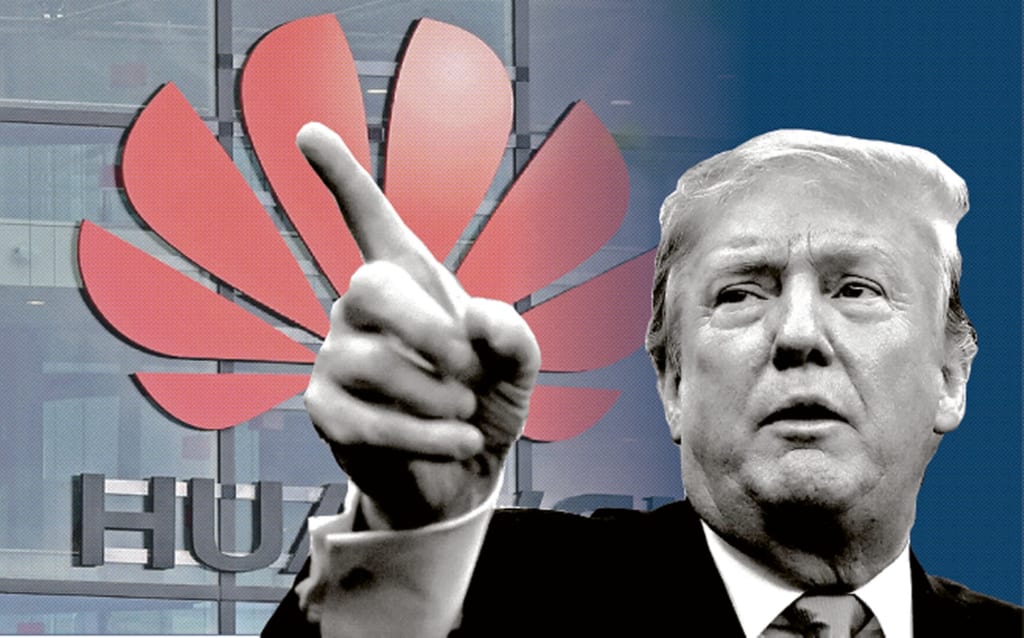Is China More Innovative Than United States
Why Trade Wars Will Not End Soon!!

Lately, there have been a lot of challenges and serious setbacks facing many economies. Notably, the US economy has had a good share of such setbacks for it to have emerged the top superpower nation. Regarding all those challenges, one of the significant points of concern to its economy is science and technological innovations. The US has prospered in this department up to even being the leading innovative nation as well. Furthermore, it is crucial since it is what mainly fuels its economy.
However, the nation is losing its confidence in staying in its current position due to the competition from China. China has, for a while, been progressing further and further towards achieving innovations and better technology. For this reason, it poses a significant threat to the market of the US and consequently, its overall economy. It has even further influenced changes to the US foreign policy of the 21st century. Claims from the Americans that China is just a mere "copycat" and not an innovator stand to be refuted by the number of research programmes and MNCs (multinational cooperations) coming up in China. This article shines a light on the challenge for superiority and the impacts it has.
The US-China Science and Technology Relation

It goes without saying, therefore, that the intense research, time, and money being spared for innovations in China is bound to bear fruits. Thus, other observant countries feel compelled to be associated with the revolutionary trends in China. As a result, they want to be associated, and this comes with different sides. Some want to be partners, while others want to trade. The US at first sought an alliance with the S&T (science and technology) department of China. This cooperation between the two nations created normalcy among them, until China begun showing more promising characters of development.

This technological progress creates the political and economic complications that further parallel the S&T relation development. Consequently, the US sees these scientific and technological developments as an increase in their (China’s) national strength, and thus a challenge to their own economy and security. However, a percentage of the open-minded Americans disagree with this notion, and instead, urge that the correlation between them could help offer new probable solutions to common problems.
Implications of the US-China Test of Might
Globally, the US has taken up the award of being the leading innovative nation. Their technological innovation has worked to fuel their economy as well as military predominance that constitute their aspect of superiority power. Therefore, the “tech war” between them and China is in the interest of their position in power. In this kind of cold war between the two countries, their governments are making geo-economic decisions that could potentially reshape the global tech supply and even international governance of economies
For instance, the President of United States (Donald Trump) just recently signed an executive order restricting Chinese telecommunication companies ZTE Corp. and Huawei from trading their products and services into the US. Furthermore, the Department of Commerce also blacklisted Huawei in the export control. As a result, individuals and businesses trading to these companies require a licence from the US government that ensures sales or transfers do not harm the foreign policy interests or the U.S. national security.
What next then?
Now that these two super nations are aware of what they are looking up against, both need to work extra hard to emerge at the top of the chain. Therefore, the Chinese course of action is keeping up the huge leaps in technology advancement. According to Andrew Kennedy and Darren Lim, their solution lies in making (creating innovative skills among them and the manufacturing capacity), transacting (trading their creations with the outside world and investing in foreign companies) and taking (borrowing existing technology in foreign states and companies legally from open-source material).
On the other hand, the United States is striving to maintain its innovative accomplishments and its keep position in the global economy. This plan involves three key steps, as well. These are; shielding (preventing competitors from taking their technological knowledge), stifling (basically making it impossible for rival countries like China to access or use resources and provisions in the US for technology improvement) and spurring (implies acquiring any extra advantage to the technology manufacturing in the US, including research funding and best human talent from across the world.)
About the Creator
john mburu
Here are my areas of expertise:
• Digital transformation
• Cyber security
• Artificial intelligence
• Technical reports
• Cryptocurrency
• New Technology
• Internet of Things (IOT)
• Technology with business
• Technology website content





Comments
There are no comments for this story
Be the first to respond and start the conversation.